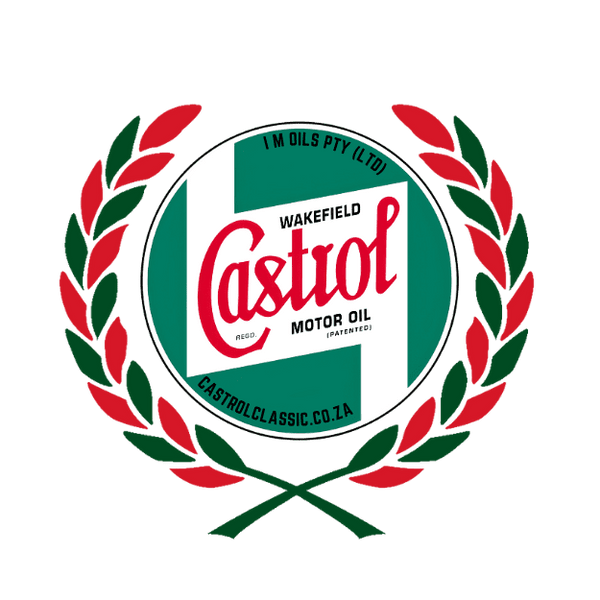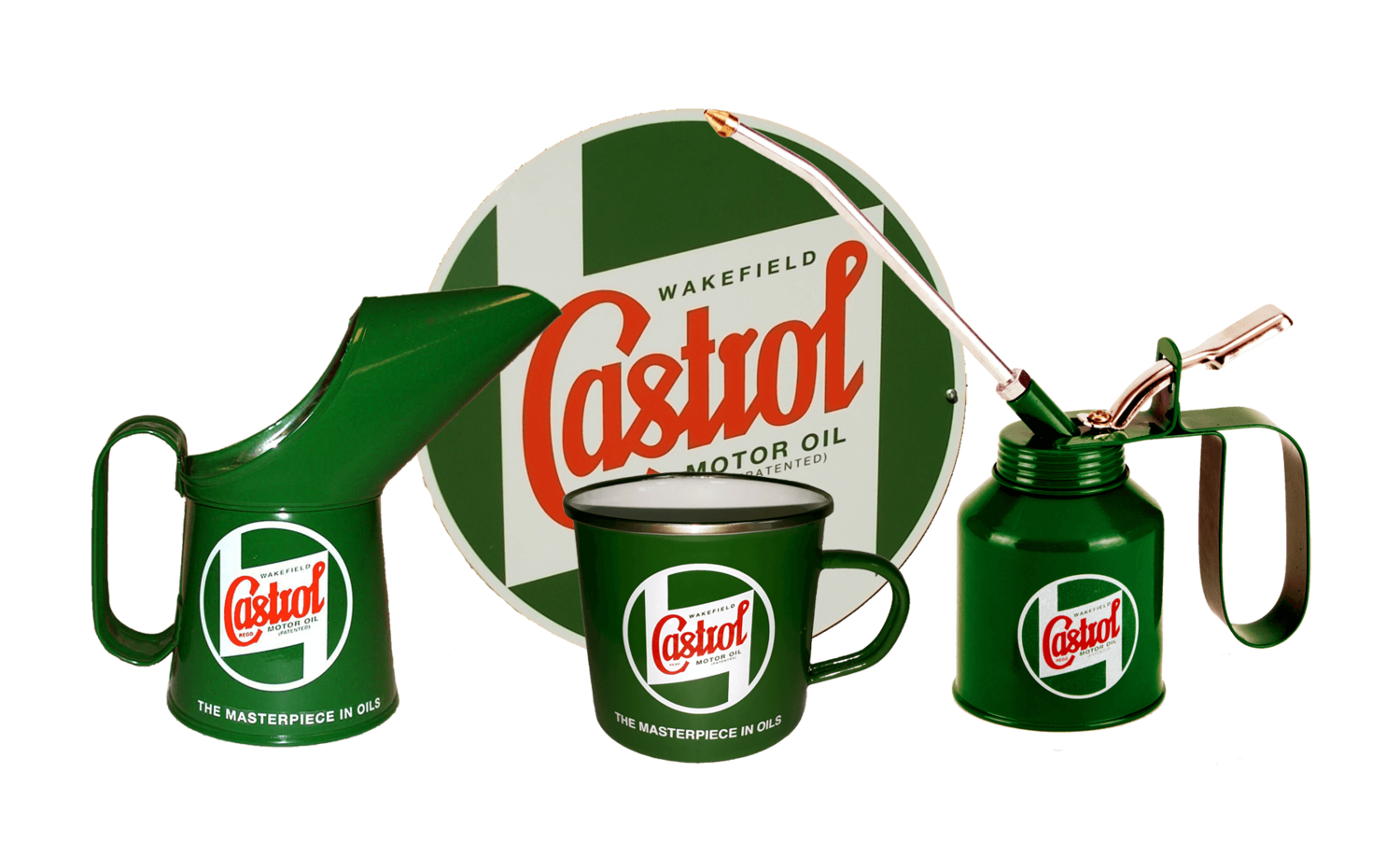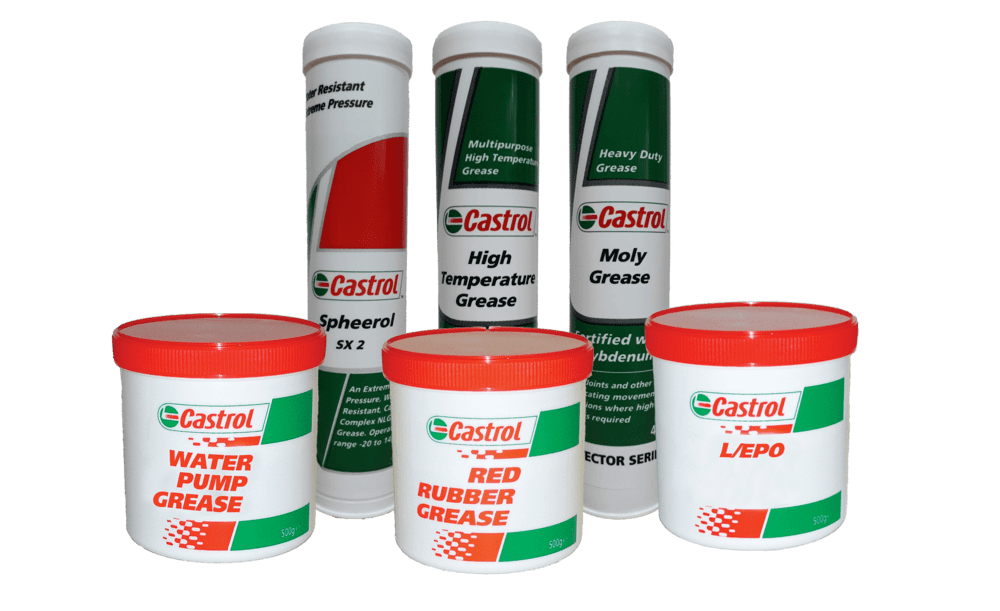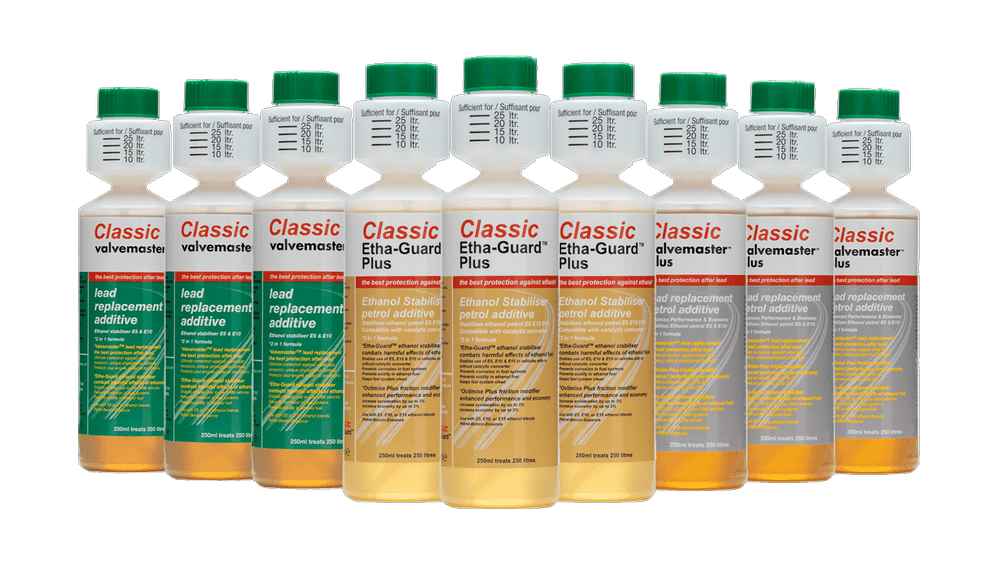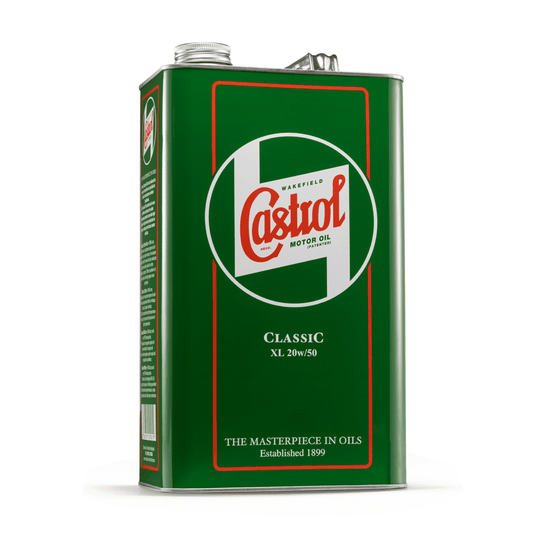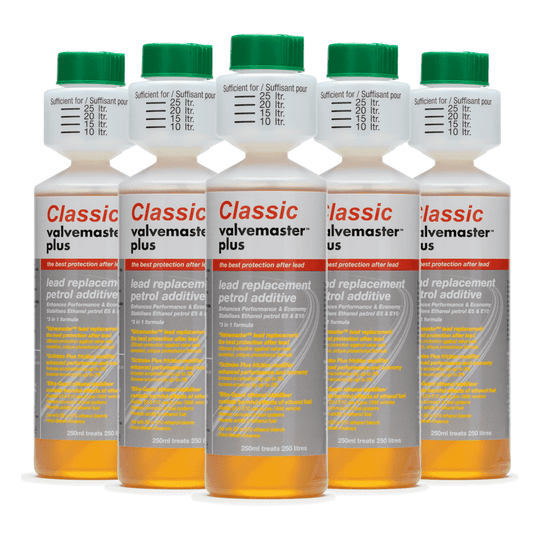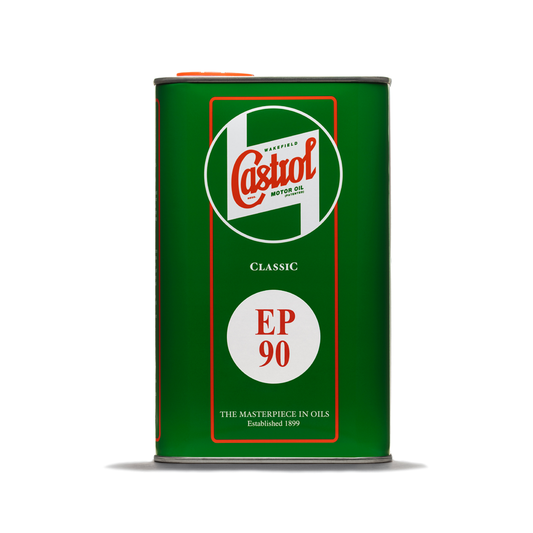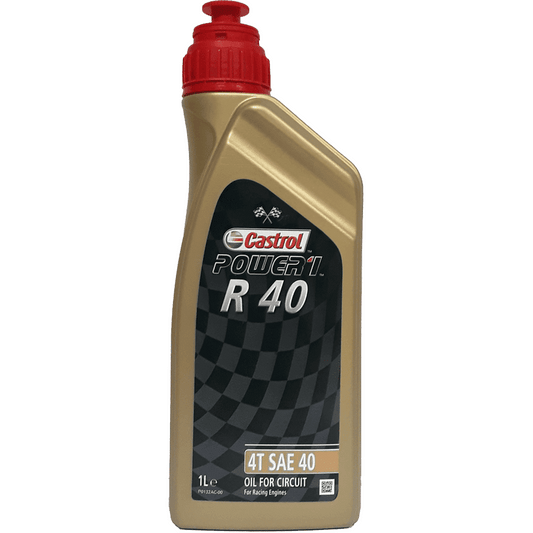Castol Classic South Africa
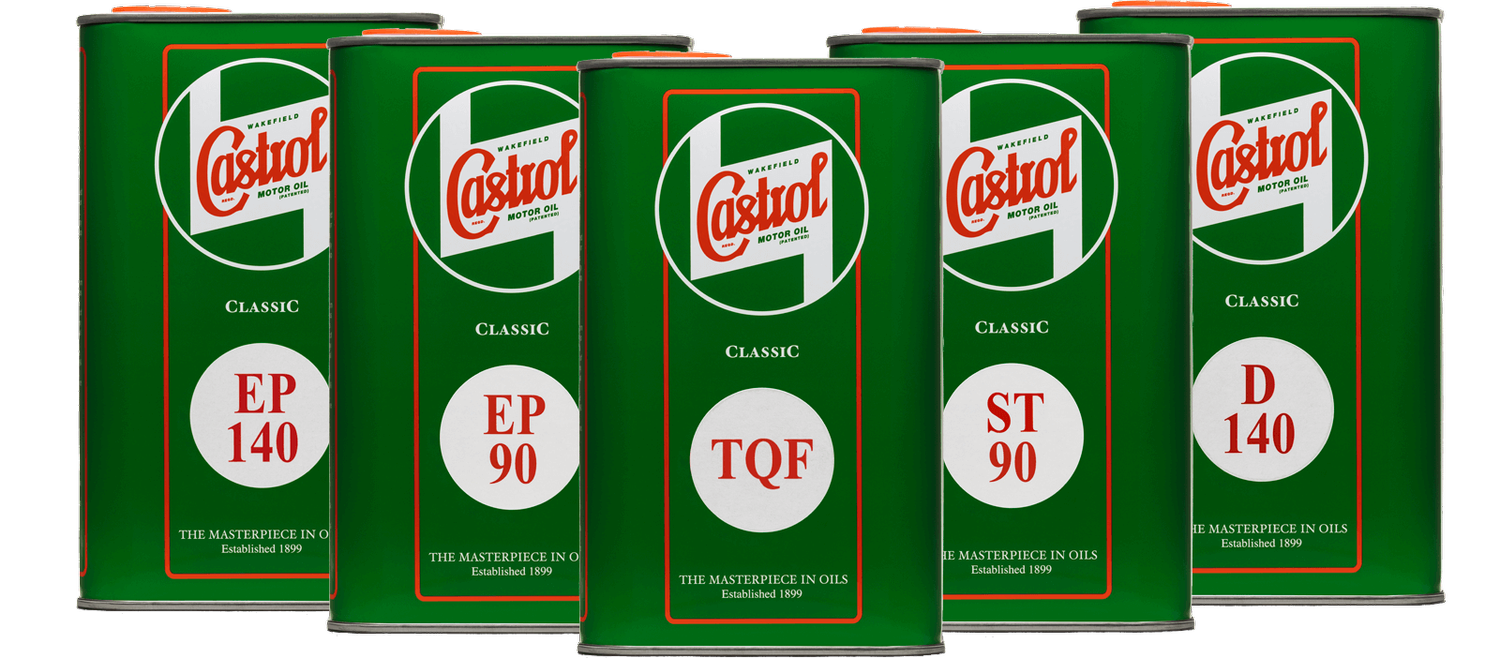
Transmission Oil
Introducing our comprehensive collection of transmission oils, meticulously curated to meet the...
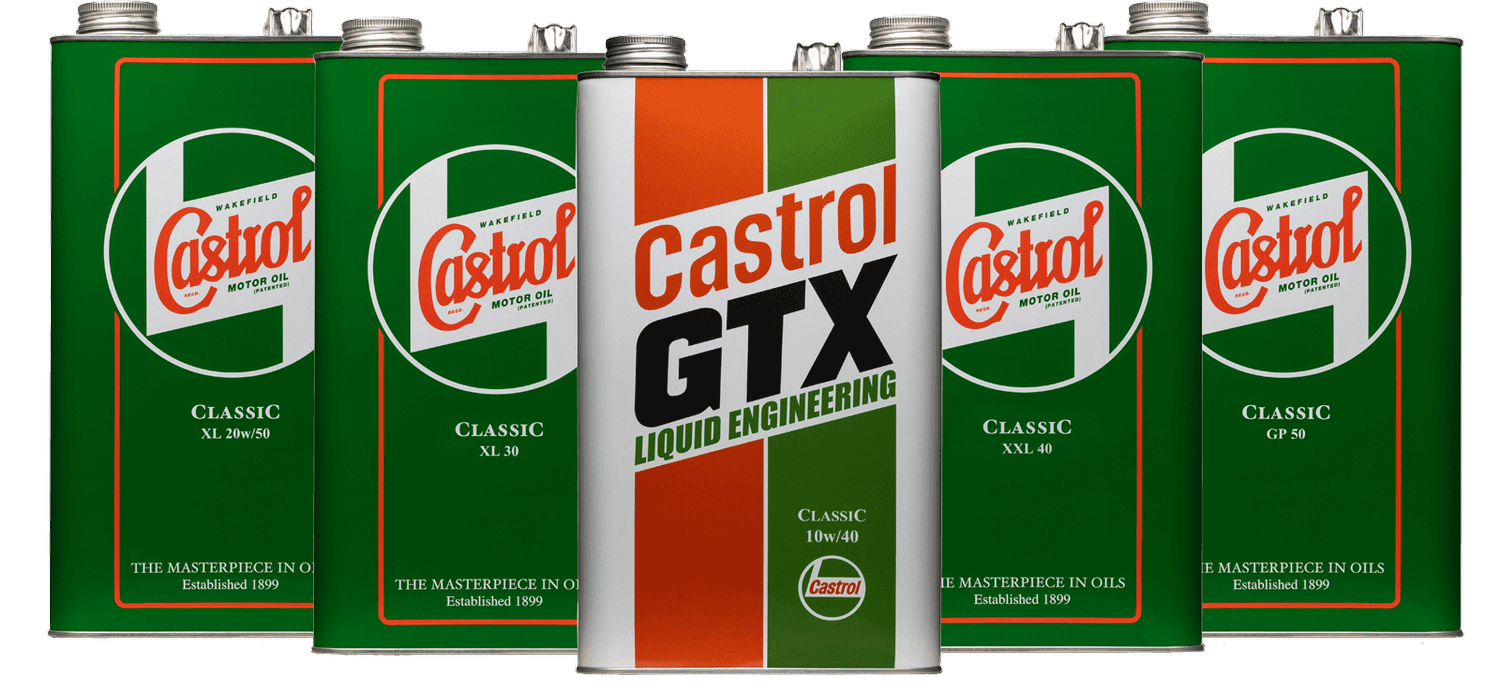
Engine Oil
Introducing our premium collection of engine oils, meticulously curated to meet the...
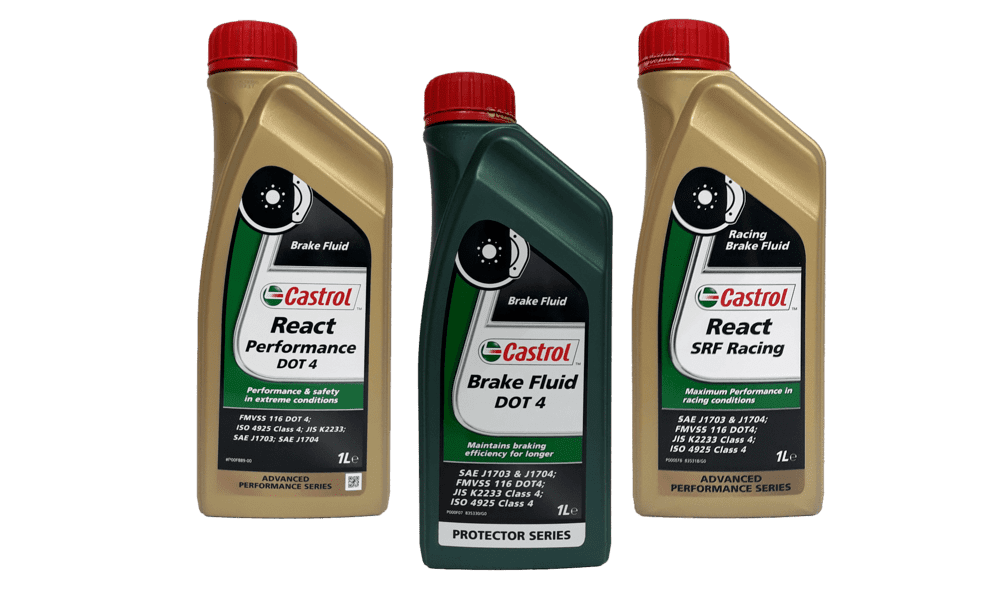
Brake Fluid
Introducing our exceptional collection of brake fluids, meticulously curated to cater to...
Mechanics Favourites
-
Castrol Classic XL 20W/50 Motor Oil
Regular price From R 395.00Regular price -
Classic Valvemaster Plus Lead Replacement Additive
Regular price R 345.00Regular price -
Castrol Classic EP 90 Gear Oil
Regular price R 405.00Regular price -
Castrol R 40 Castor Based SAE 40 Oil
Regular price R 550.00Regular price
Why use Castrol Classic?
The formulations required for modern vehicles are very different from those needed for older vehicles. Oils for modern engines comply with the latest API ratings of SN/CF and specific ACEA and OEM specifications dealing with fuel efficiency, extended drain intervals and aftermarket exhaust treatment systems and are specifically designed for the modern engine needs.
A classic car engine however, can have the opposite characteristics with cork/graphite/rope seals, low pressure gear driven oil pumps, larger oil galleries with greater dependence on "splash" and "cling" lubrication, lower revving with larger machine clearances. Such a widely different engine design can demand a totally different lubricant and the Castrol Classic Oils range offers formulations for older vehicles that have been specially blended for the work they have to do.
Inadequate detergent can result in gums and lacquers clinging to the hotter engine components, and blocking oil galleries. But, too much detergent can cause a build-up of metallic ash in the combustion chambers and piston crowns. In older engines with traditionally high oil consumption, this can cause detonation and pinging.
In older engines where the carbon has built up over a number of years detergents can have a scouring effect, causing the carbon to flake off, blocking up oil galleries and spray jets. High levels of detergent can also "wash" traces of carbon from seals and gaskets, revealing oil leaks where the carbon itself is creating a seal.
Insufficient anti-oxidant and the oil can quickly thicken during high temperature motoring, with large amounts of carbon, gum and varnish clogging oil galleries, filters and piston rings. Anti-wear additives are added to ensure that if the oil film between moving parts breaks down prematurely, metal to metal contact and irreparable engine damage is prevented.
Engine internals can become pitted with corrosion and rust from acids and water vapour formed during combustion. With the correct corrosion inhibitors, the components are well protected. Special dispersant additives prevent soot, wear metals and the by-products of combustion settling out in the sump and other areas of the engine, and forming a thick sludge that can block filters and oil ways. If there is inadequate pour point depressant the oil ceases to flow at low temperatures, with excessive strain on the oil pump or in certain cases, oil starvation on start-up causing complete failure of the lubrication system.

